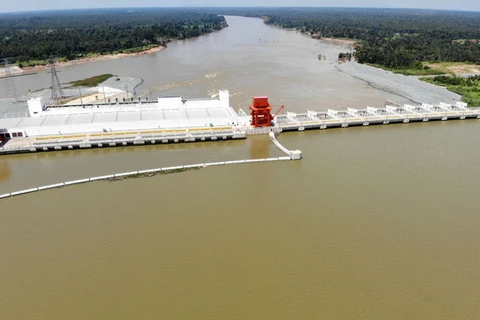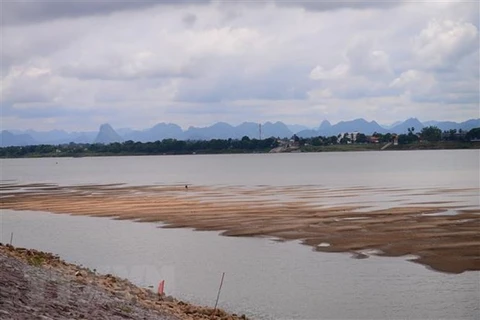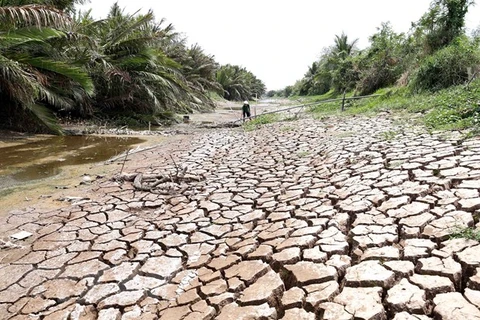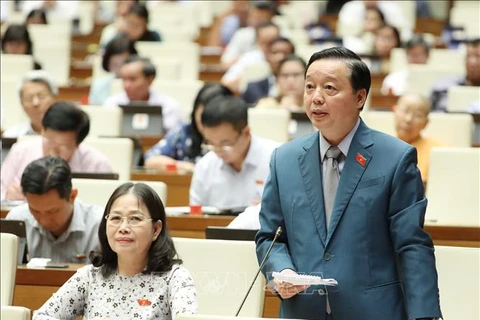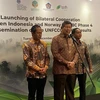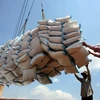Bangkok (NNT/VNA) - Thailand’s National Water Administration has reported that severe flooding in China won’t cause the water level in the Mekong River to rise, and Thailand will not be affected.
Due to continuous heavy rain, Chinese authorities have taken emergency steps to discharge water from several dams and reservoirs.
The national water administration of the Thai government is closely monitoring the water situation in China, and has reported that the Mekong River will not be affected since it follows a different course.
China will first notify member states comprising Lancang-Mekong Cooperation (LMC), if it decides to discharge more water from the Jinghong dam into the Mekong River.
The water level in the Mekong River remains low and is expected to be stable. Water stations in Thailand’s Chiang Rai and Ubon Ratchathani provinces, Laos’ Luang Prabang and Pakse cities and China’s Jinghong city reported that water levels in their areas are still below critical levels.
The main source of water flowing into the Mekong River comes from melting snow on the Tibetan plateau. The water also flows into the Yangtze and Salween Rivers. The Mekong River, known in China as Lancang Jiang, enters its lower reaches where it borders China, Laos, Myanmar and Thailand in the Golden Triangle.
In Thailand, the water flows past the provinces of Chiang Rai, Loei, Nong Khai, Bueng Kan, Nakhon Phanom, Mukdahan, Amnat Charoen and Ubon Ratchathani, covering a distance of 1,520 kilometers. The 4,880km-long river then enters Laos and Cambodia, before reaching the East Sea in Vietnam./.
Due to continuous heavy rain, Chinese authorities have taken emergency steps to discharge water from several dams and reservoirs.
The national water administration of the Thai government is closely monitoring the water situation in China, and has reported that the Mekong River will not be affected since it follows a different course.
China will first notify member states comprising Lancang-Mekong Cooperation (LMC), if it decides to discharge more water from the Jinghong dam into the Mekong River.
The water level in the Mekong River remains low and is expected to be stable. Water stations in Thailand’s Chiang Rai and Ubon Ratchathani provinces, Laos’ Luang Prabang and Pakse cities and China’s Jinghong city reported that water levels in their areas are still below critical levels.
The main source of water flowing into the Mekong River comes from melting snow on the Tibetan plateau. The water also flows into the Yangtze and Salween Rivers. The Mekong River, known in China as Lancang Jiang, enters its lower reaches where it borders China, Laos, Myanmar and Thailand in the Golden Triangle.
In Thailand, the water flows past the provinces of Chiang Rai, Loei, Nong Khai, Bueng Kan, Nakhon Phanom, Mukdahan, Amnat Charoen and Ubon Ratchathani, covering a distance of 1,520 kilometers. The 4,880km-long river then enters Laos and Cambodia, before reaching the East Sea in Vietnam./.
VNA
